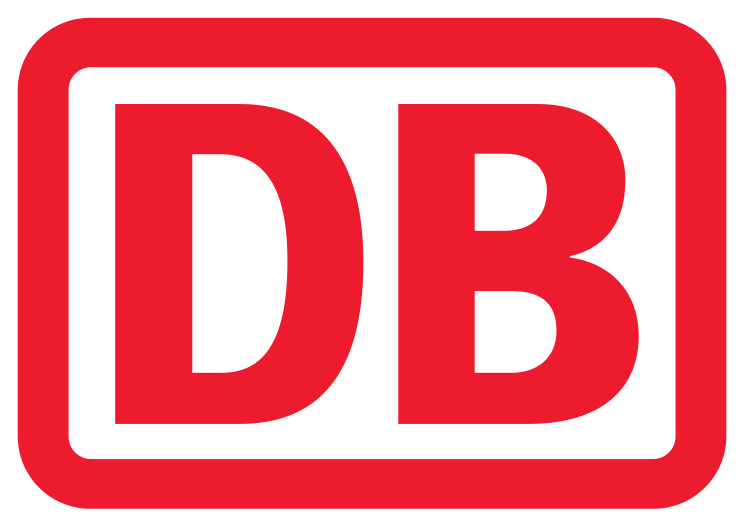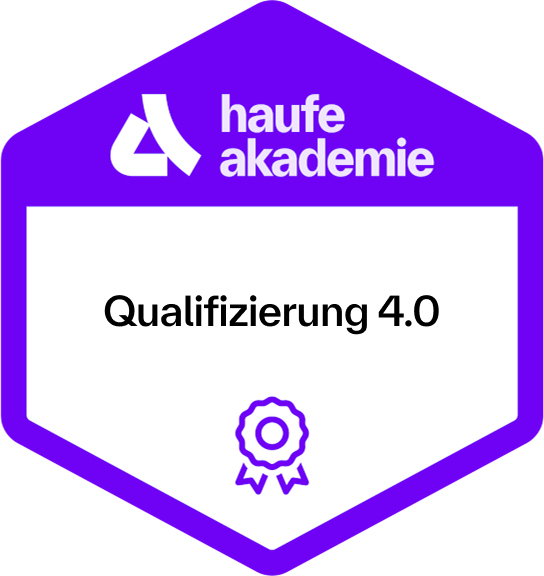Controlling for controllers
Compact introduction - solid basic knowledge

Optimal knowledge development and learning transfer through training, consolidation and personal exchange. Presentation, discussion, practical examples, field-tested exercises, exchange of experience.
- Interactive exchange in the group to follow up on the seminar and the examples.
- Processing of open questions and practical cases from the circle of attendees.
- Lessons learned: What works well? Which approach is practicable for me?
Contents
Fundamentals of controlling
- What is controlling and how does controlling support business success?
- How should controlling be classified in a company? Differentiation from financial accounting, financial management and cost accounting.
- The language of controllers: terms and key figures.
- What do controllers do and why is controlling so important?
- The controlling cycle as a common thread.
The annual financial statements are the central performance report
- The controlling requirements can be recognized in the annual financial statements.
- What do the cash flow statement, income statement and balance sheet tell us?
- How to read financial statements: analysis and interpretation of key figures.
- Profitability, liquidity, assets and capital in a specific example: How is your company doing?
- How do you recognize a successful company?
Strategic controlling
- The business case as the basis for entrepreneurial action.
- Methods and key figures of investment and profitability analysis.
- Thinking in terms of entrepreneurial opportunities and risks and bringing success to the streets.
- The strategy process in the company.
- Portfolio analysis and balanced scorecard as important strategic tools.
Operational controlling
- Cost accounting is the center of controlling.
- Product costing, operating accounting sheet, internal cost allocation.
- Contribution margin accounting, in- or outsourcing, break-even, variable and fixed costs.
- Cost types, cost centers and cost units.
Controlling indicators, their definitions and their importance in the company
- EBT, EBIT, EBITDA, ROI, ROE, cash flow and cash flow statement, working capital, cash conversion cycle, return on sales, etc.
- The strengths, but also the limitations of the key figures.
- How is which key figure used and how can we influence it?
- Key figures as a management tool.
- Key figure reporting.
Corporate management
- controllers make stakeholders ' interests transparent.
- Successful companies manage to balance all the interests of stakeholders .
Exchange of experience
In a separate webinar, you will have the opportunity to discuss open questions and your own practical cases with the speaker and other attendees . You can submit your topics and questions to us in advance via a questionnaire.
- Interactive exchange in the group to follow up on the seminar and the examples.
- Processing of open questions and practical cases from the circle of attendees.
- Lessons learned: What works well? Which approach is practicable for me?
Learning environment
In your online learning environment, you will find useful information, downloads and extra services for this training course once you have registered.
Your benefit
- You will gain a systematic overview of tasks, instruments, terms and trends in controlling.
- The focus is on key financial figures, cost allocation systems, business cases and the annual financial statements.
- You will become a competent contact person for controllers and company management.
- Many examples, exchange of experience and transfer ensure practical implementation.
- You are fully informed about the possible uses of controlling instruments.
- You know what makes companies successful.
- You benefit from the exchange of experiences after the training by bringing in your current topics and questions and discussing them in the group.
Methods
Presentation, discussion, practical examples, field-tested exercises, exchange of experience, practical transfer. You are welcome to bring controlling reports from your company, which we will then look at and classify together. Exchange of experience (webinar) following the training.
Recommended for
Specialists from a wide range of business areas who do not have specialist training in controlling but who increasingly want to take on controlling tasks.
Optional e-test
After successfully completing the training , you can take an optional e-exam to obtain an additional certificate in addition to the confirmation of participation. The e-exam is an online-based exam on your PC and lasts 60 minutes. You can take the exam in the comfort of your own home at a time of your choosing. The exam is based on single or multiple choice questions. Once you have completed the exam, you will immediately be shown whether you have passed or failed. Once you have successfully passed the e-exam, you will receive a certificate based on your exam result.
Further recommendations for "Controlling for controllers"
36239
36240
Start dates and details





















 4.4
4.4




